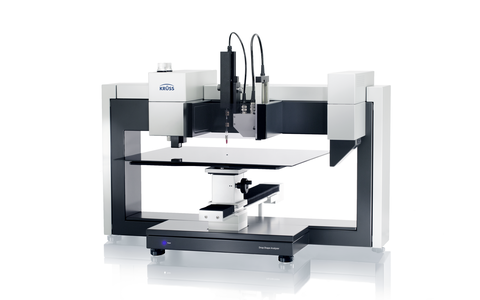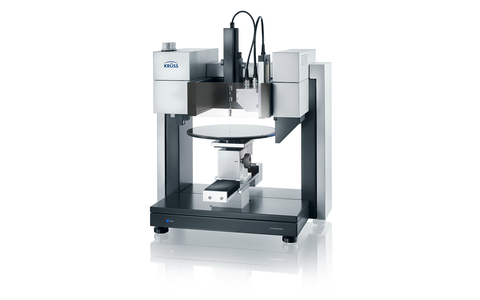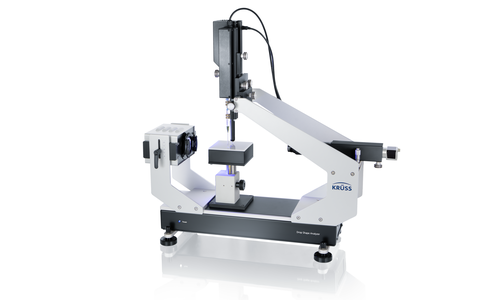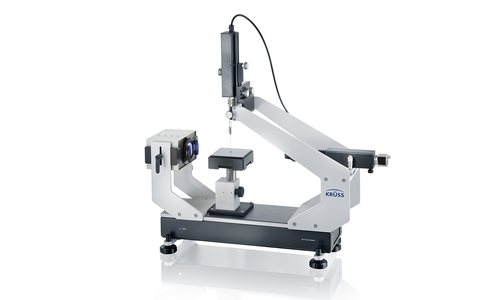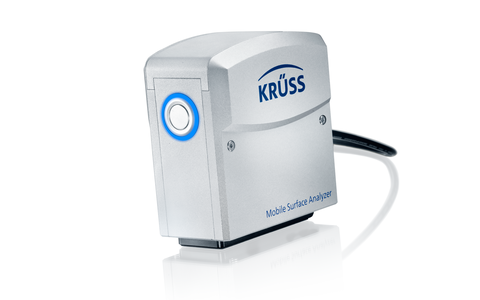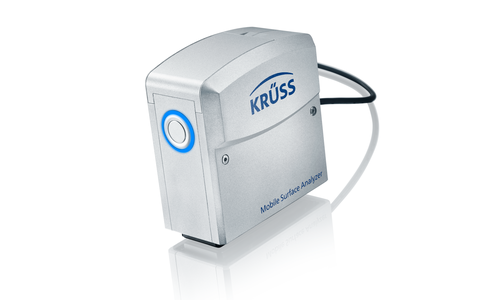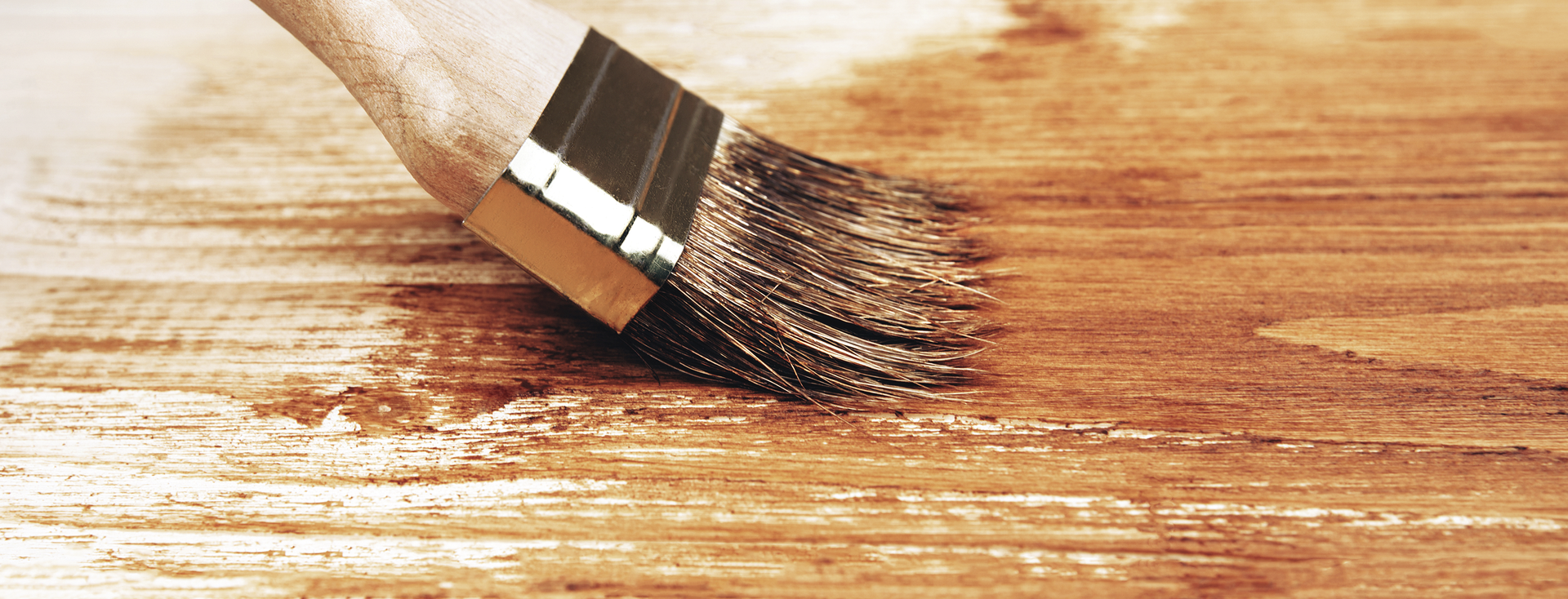
Surface treatment of wood
Surface tension and contact angle for optimizing the protection and bonding of wood
Wood surfaces are pretreated and coated for decorative purposes or to increase durability. When formulating primers, glazes and varnishes, knowledge of the surface chemical properties of these materials and of the different types of wood is very helpful. Measurements of the surface tension and contact angle help in optimizing the chemical enhancement and the bonding of wood.
Wetting in the treatment and coating of wood
The wettability of wood is particularly important when applying coating materials, as wood protectors, varnishes and glazes must also penetrate the roughness of the grain.
Surfactants in coating materials reduce the surface tension and in this way improve wetting. Our tensiometers measure the surface tension precisely and characterize surfactants based on the critical micelle concentration (CMC). This is a measure of the efficiency and describes the concentration above which the surface tension is not reduced further. Adding surfactants exactly up to this concentration enables dosing to be carried out in a cost-saving and environmentally friendly manner.
Contact angle measurements for investigating wettability
The wettability of the wood can also be measured as well as the wettability of the liquid wood preservative. The analysis of pretreated wood surfaces, which have been stained or primed, for example, is also very informative. Our measuring instruments determine the wettability based on the contact angle. The optical shape analysis of drops which are dispensed onto the surface is a reliable method for carrying out this measurement.
As a natural material, wood sometimes exhibits large local differences in its chemical composition and surface texture. Contact angle measurements using the Wilhelmy method lend themselves to the characterization of the surface, as here a mean value is measured over a large surface area.
The difference between the contact angle measured during wetting (advancing angle) and de-wetting (receding angle) is referred to as hysteresis. This quantity describes the effect of roughness on wetting, which is very important in the case of wood.
The wetting on wood chips or sawdust can be investigated using the Washburn method for measuring the contact angle. For example, the wetting between shredded wood and bonding agents can be investigated in order to optimize the homogeneity of wooden materials.
Calculating the adhesion and long-term stability
The adhesion of the coating surface is decisive for the varnish layer, and particularly when bonding to the wood surface. This can be calculated by measuring the surface tension of the liquid coating material and by measuring the surface free energy and polarity of the wood in the form of the work of adhesion. Coating materials and the surface energy profile of the wood or of a primer, for example, can be optimized with the help of this information.
A further result of the measurements is the interfacial tension at the layer boundary, which describes the inherent instability of the coating. This enables the ease, with which the coating can be detached by water penetrating fine cracks (delamination), to be estimated.
Quality control of coated wood surfaces
The protective function of wood coatings is due to the fact that the original hydrophilic material is given a hydrophobic surface and is thus protected against moisture. The coating effect can be directly checked by measuring the contact angle with water in order to optimize the quality of the coating. Our mobile instruments enable such tests to be carried out non-destructively, directly on site, on very large surfaces and even on vertical walls. Repeat measurements in the course of weathering tests provide information on the long-term protection afforded by the coating.








